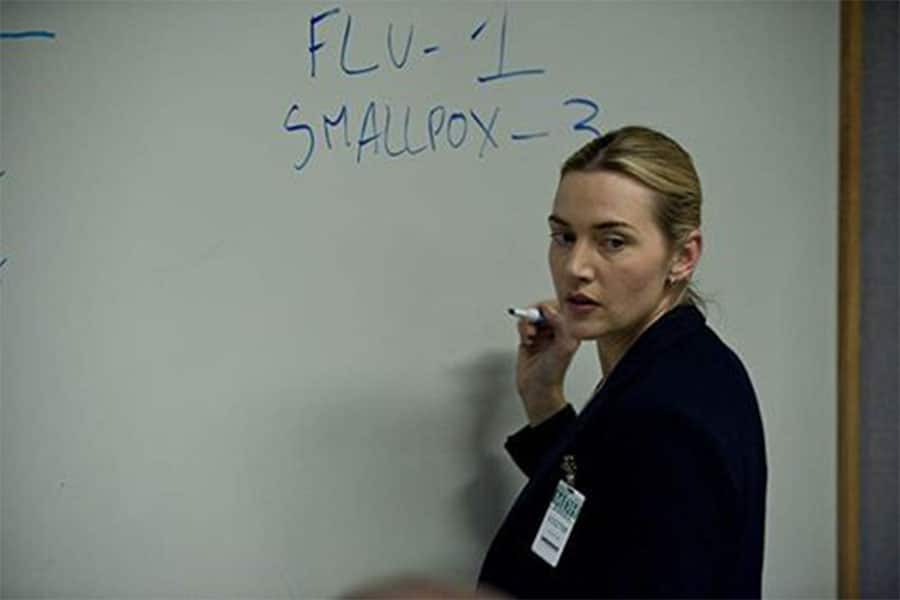
It may seem like a cruel twist of fate that just as we're greeted with the prospect of slackening restrictions, word of a new COVID variant reaches our shores. Are we stuck in a Steven Soderbergh film? At first glance, it certainly feels like it. But two days out from the initial headlines confirming the new C.1.2 variant, we've had time to catch our breath and weigh up what these reports mean and if we should be concerned.
First detected in May, the new variant is being referred to as C.1.2 — a name that befits Grimes and Elon Musks second child together, if they ever decided to have another of course— and surfaced in South Africa during the countries' third wave of infections.
Despite the National Institute for Communicable Diseases in South Africa's reports on Monday that C.1.2 has been detected in every province in the country, as well as in seven other countries throughout Africa, Europe, Asia and Oceania, its presence is still relatively low, with 101 C.1.2 strains detected internationally and 89 cases in South Africa. As it stands, the Delta strain is still the most threatening variant in South Africa and across the globe.
Why are scientists concerned at all about C.1.2 ?
Well, it's all to do with the particular mutations this variant contains. In an interview with The Guardian, Dr Megan Steain a virologist and lecturer in immunology and infectious diseases at the University of Sydney’s Central Clinical School shed some light on the subject. “It contains quite a few key mutations that we see in other variants that have gone on to become variants of interest or concern."
Dr Steain continued, “Any time we see those particular mutations come up, we’d like to keep an eye on the variant to see what it’s going to do. These mutations may affect things like whether it evades the immune response, or transmits faster.”
Is there a chance this variant might just, well, die?
Yes. We've seen many COVID variants appear that have inevitably bit the dust before they could pose any real issues. Strains like Delta arise when they outstrip pre-existing variants in terms of transmission and infection. Dr Steain explains further, "C.1.2 would have to be pretty good, pretty fit, and pretty fast to outcompete Delta at this stage. I think we’re still very much at a point where this could die out, the prevalence is really low."
How do our current vaccines hold up against new strains?
Until enough testing is done, all we can really do is speculate. But as Dr Steain explains, "So we think, perhaps, the serum won’t neutralise as well as it would against an ancestral strain...We’ve got to bear in mind that the vaccine so far looks like it’s holding up really, really well in terms of preventing severe infection and hospitalisations and deaths from variants. They’re really good at preventing that." So the bottom line is, it's far better to be vaxxed and have some form of protection than none at all.
For now, when it comes to C.1.2 there is no real reason to panic just yet. Scientists are monitoring the situation and I'm certain we'll know if the current circumstances change. All we can do is focus on hitting our state and federal vaccination goals, continue to listen to the health advice from credible medical professionals and hopefully we'll be able to obtain some semblance of normalcy soon. Wondering how Australia will reopen once we reach our vaccination targets? Look no further.
Images: Pinterest



